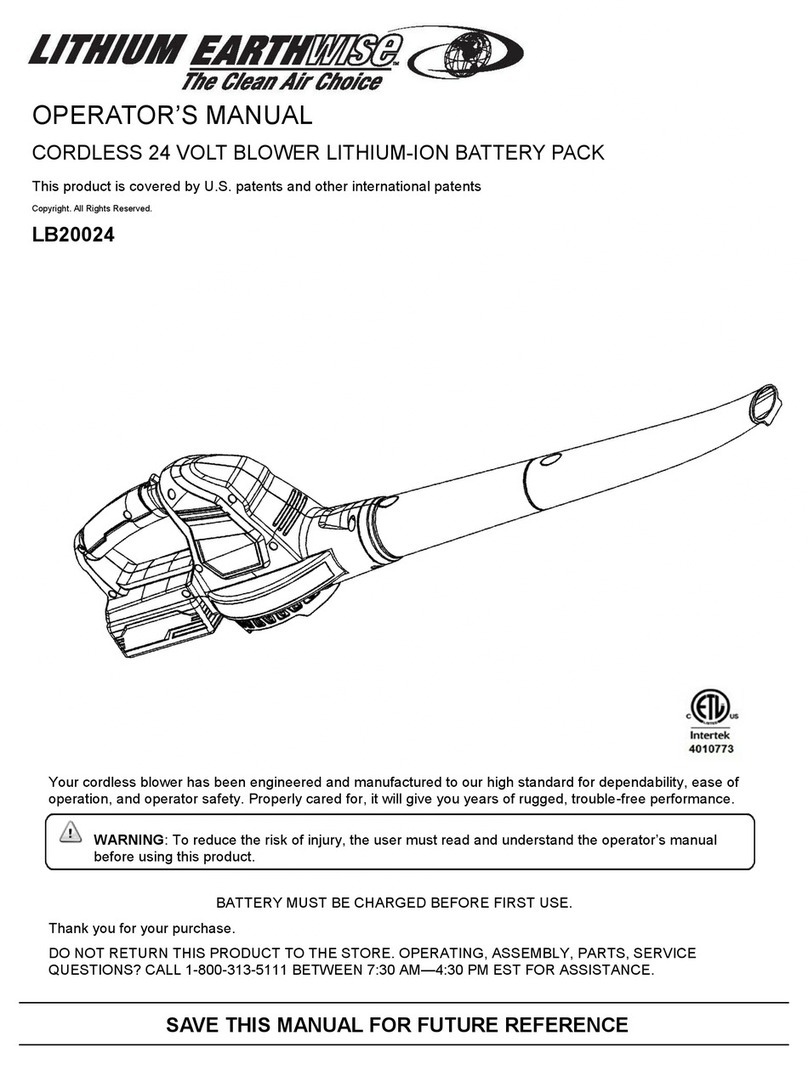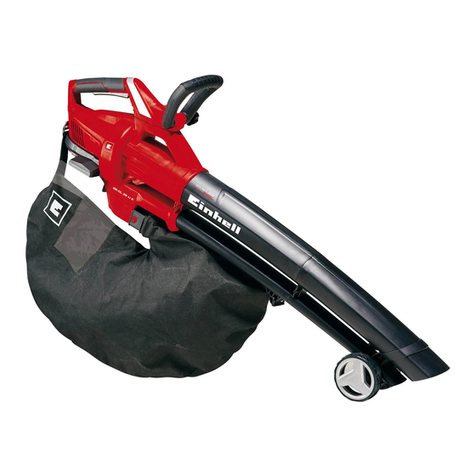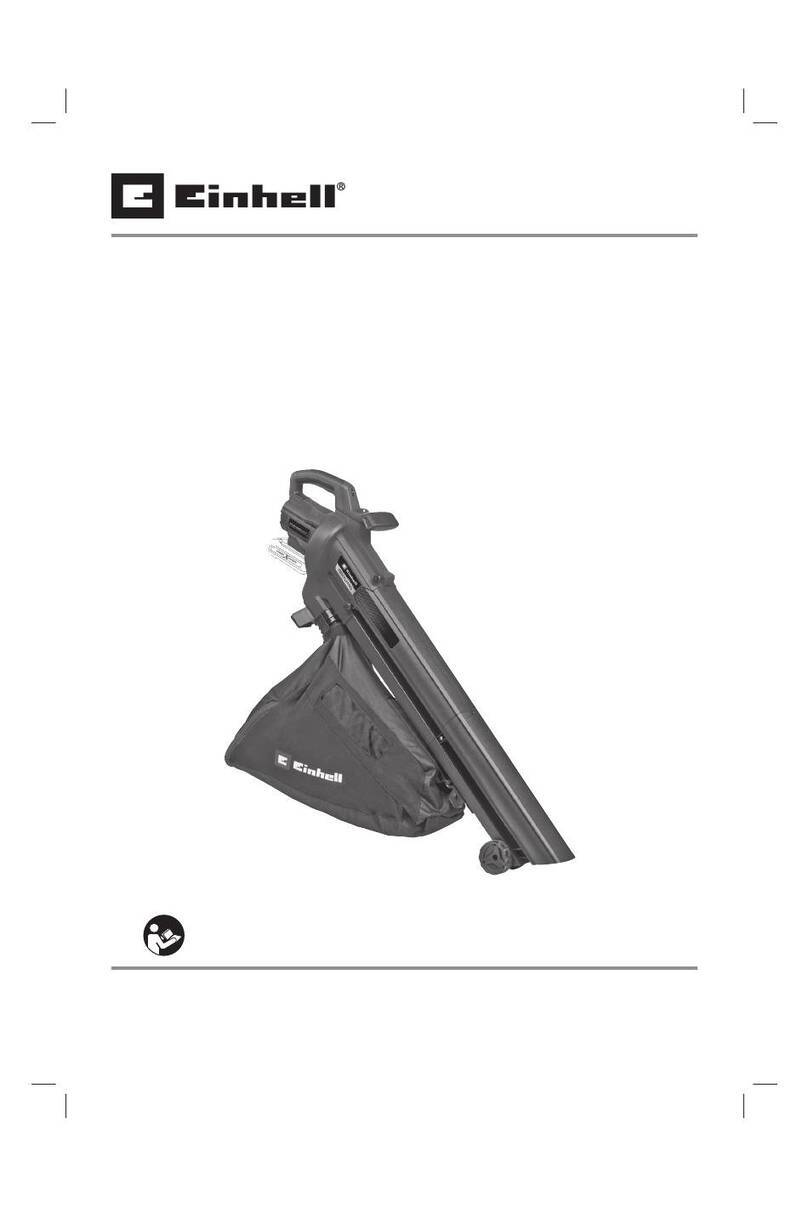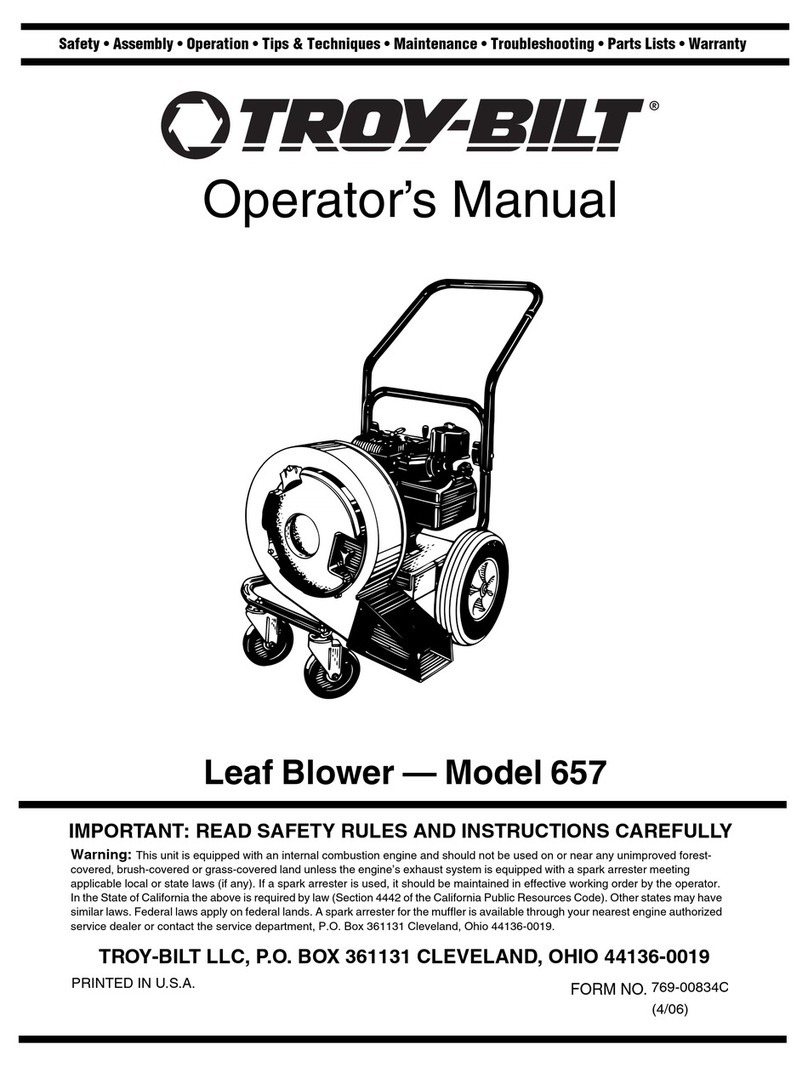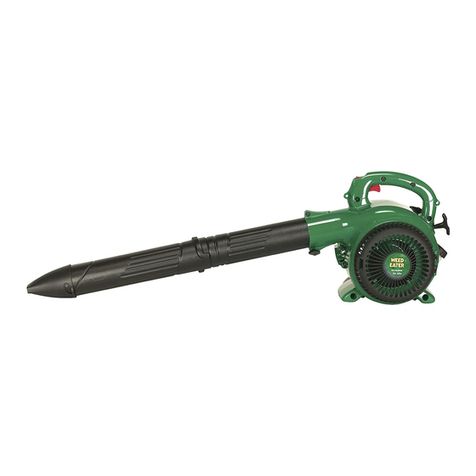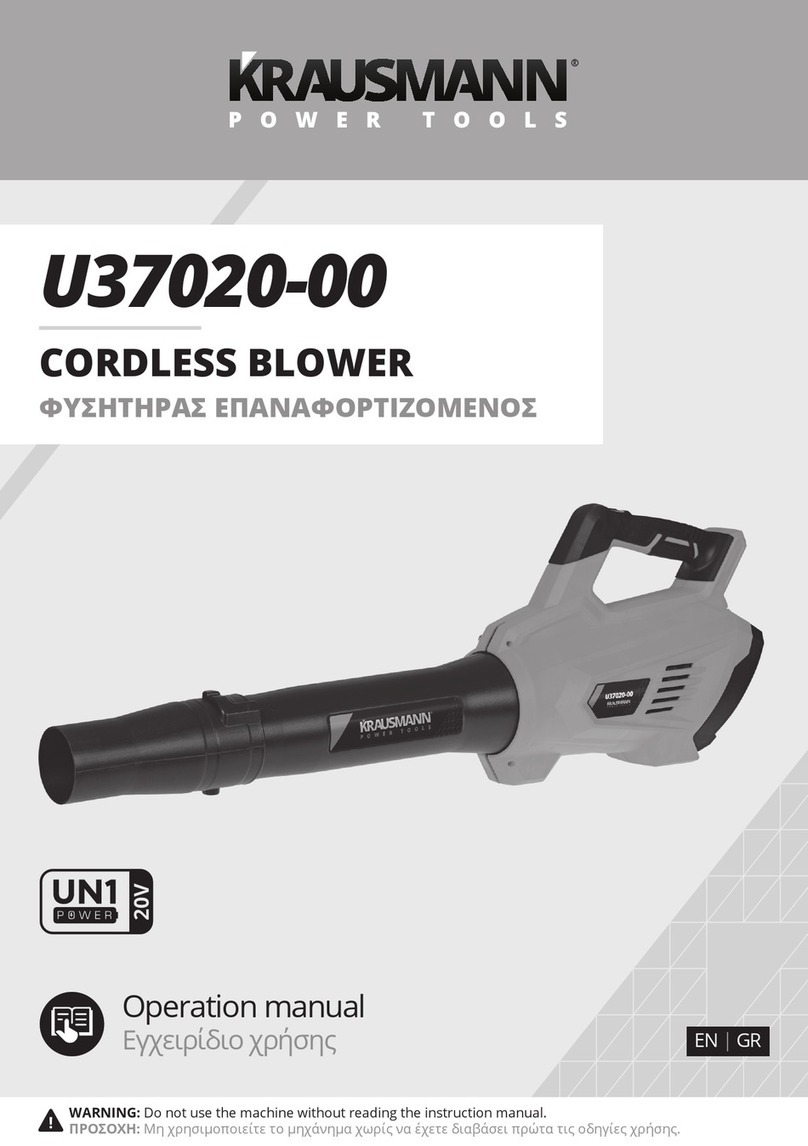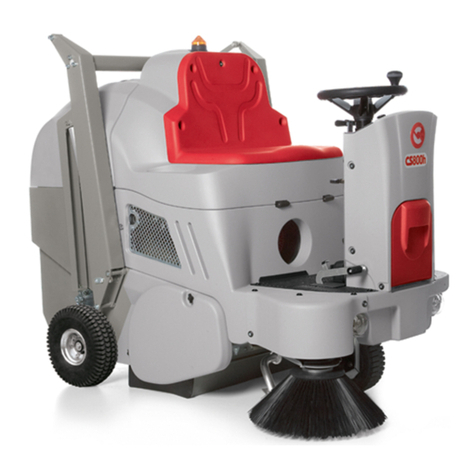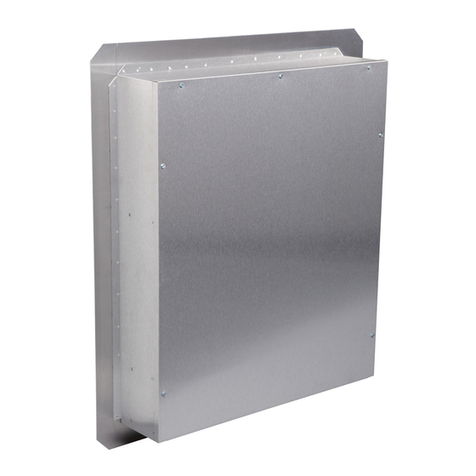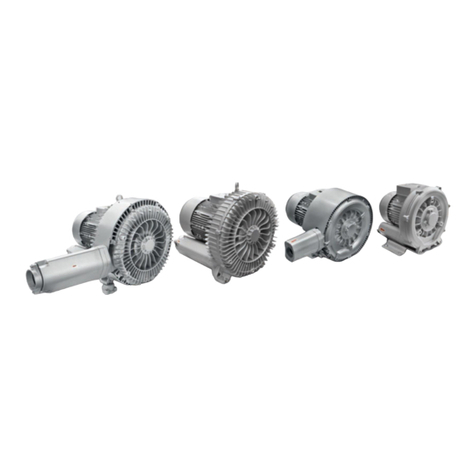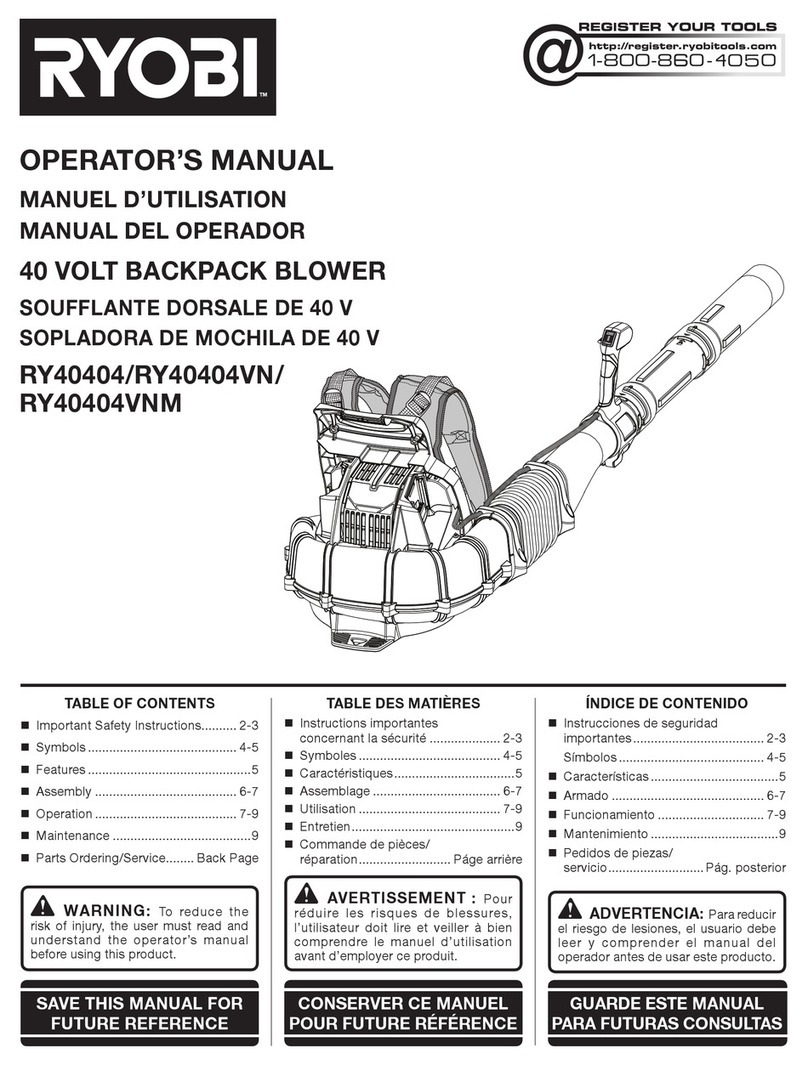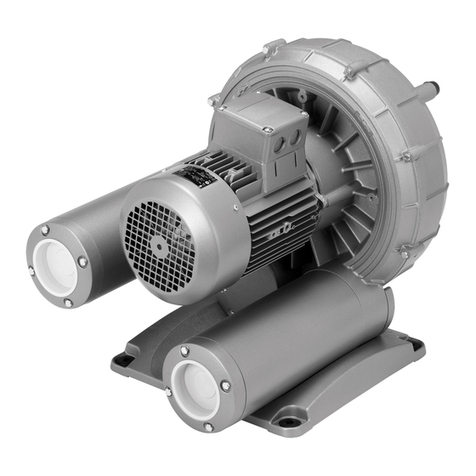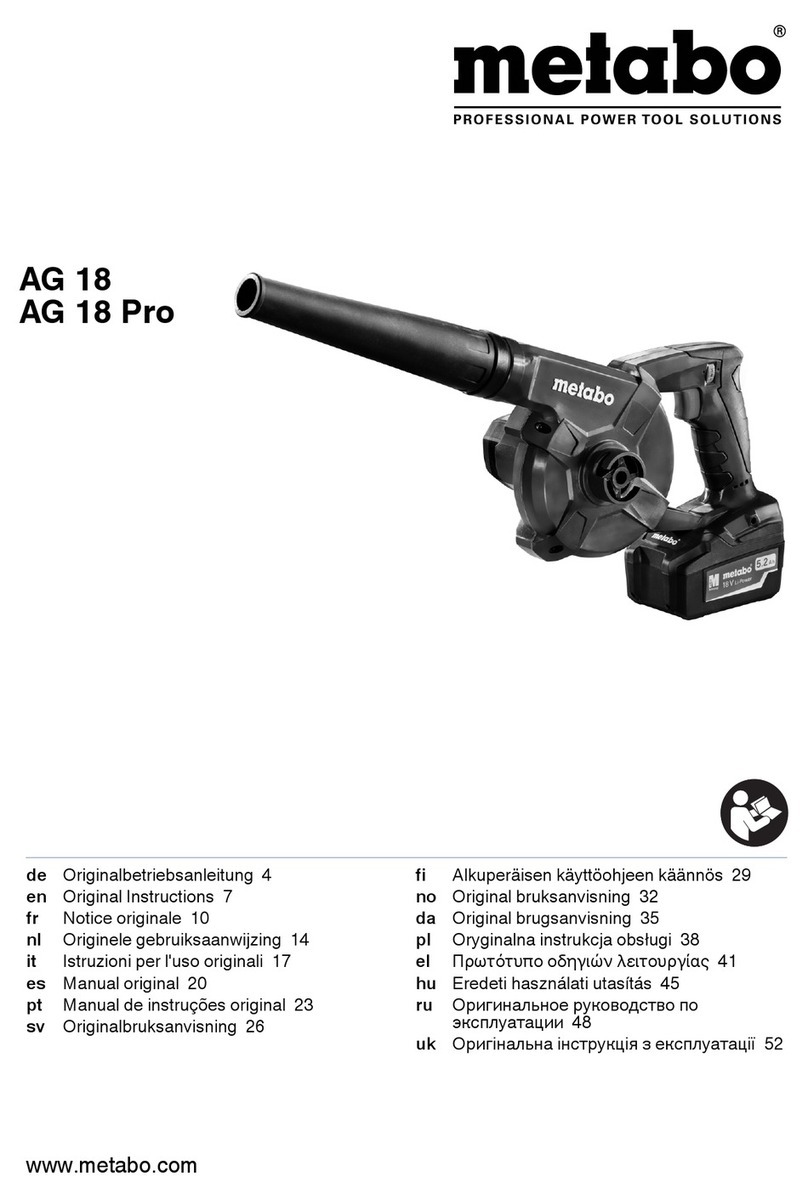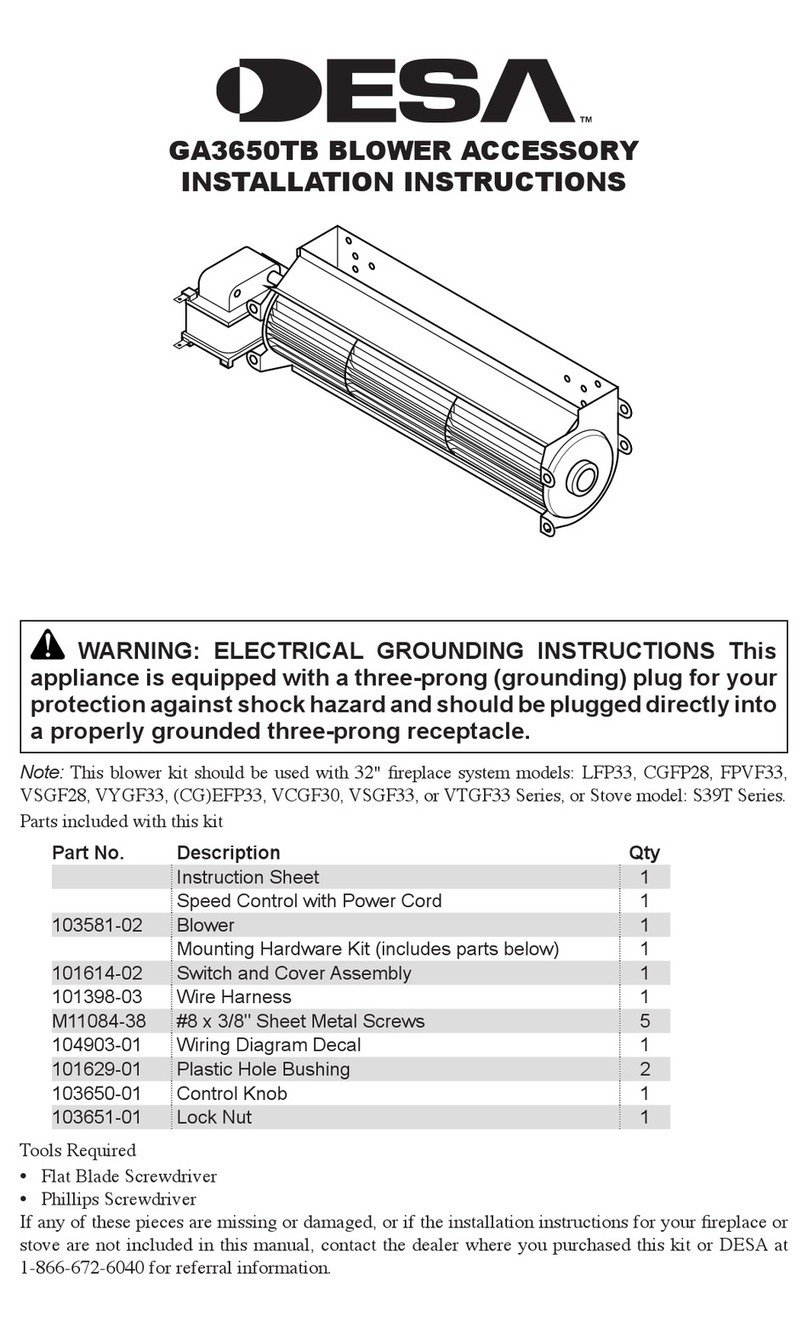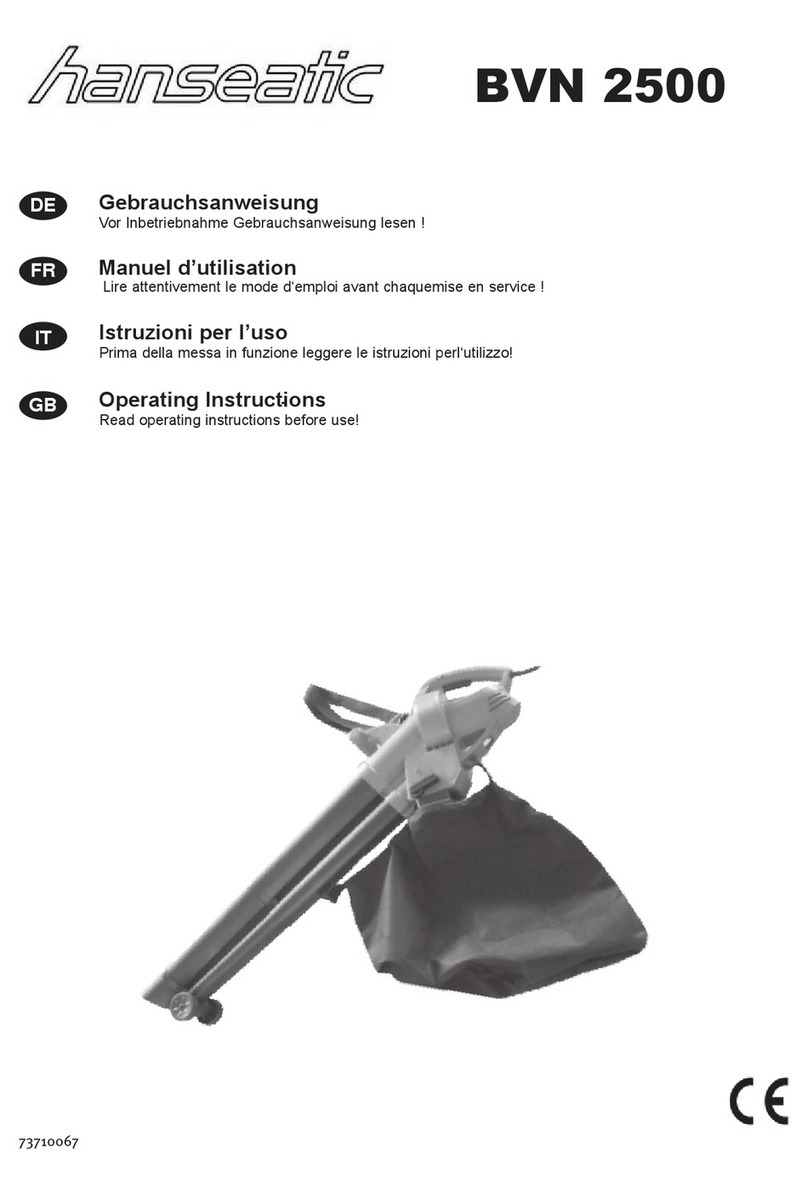
CONTENTS
CONTENTS.......................................................................................................................................................... 3
DEFINITION OF LEVELS OF WARNING............................................................................................................ 5
GENERAL SAFETY REGULATIONS.................................................................................................................. 5
GENERAL DESCRIPTION .................................................................................................................................. 5
SYMBOLS USED IN THE MANUAL ................................................................................................................... 6
TECHNICAL DESCRIPTION............................................................................................................................... 6
INTENDED USE.................................................................................................................................................. 7
SAFETY............................................................................................................................................................... 7
REGULATIONS................................................................................................................................................... 7
SERIAL NUMBER PLATE ................................................................................................................................... 8
MAIN MACHINE COMPONENTS........................................................................................................................ 9
STANDARD COMPONENTS .............................................................................................................................. 9
OPTIONAL COMPONENTS.............................................................................................................................. 11
TECHNICAL DATA ............................................................................................................................................ 12
SYMBOLS USED ON THE MACHINE .............................................................................................................. 13
LABELS USED ON THE MACHINE.................................................................................................................. 14
CONTROL STATION.......................................................................................................................................... 17
CONTROL PANEL............................................................................................................................................ 18
CONTROL DISPLAY ........................................................................................................................................ 18
PREPARING THE MACHINE ............................................................................................................................ 18
HANDLING THE PACKAGED MACHINE ......................................................................................................... 18
HOW TO UNPACK THE MACHINE .................................................................................................................. 19
SECURING THE MACHINE.............................................................................................................................. 20
HOW TO MOVE THE MACHINE................................................................................................................... 22
TYPE OF BATTERY TO BE USED ................................................................................................................... 22
BATTERY MAINTENANCE AND DISPOSAL.................................................................................................... 23
INSERTING THE BATTERY IN THE MACHINE ............................................................................................... 23
RECHARGING THE BATTERY......................................................................................................................... 23
WITHOUT BUILT-IN BATTERY CHARGER: .................................................................................................... 24
WITH BUILT-IN BATTERY CHARGER (OPTIONAL)....................................................................................... 25
MOUNTING AND ADJUSTING THE HANDLEBARS........................................................................................ 27
DISASSEMBLING THE CENTRAL BRUSH...................................................................................................... 27
ASSEMBLING THE CENTRAL BRUSH............................................................................................................ 28
DISASSEMBLING AND ASSEMBLING THE SIDE BRUSH ............................................................................. 29
WORK PREPARATION CHECKLIST................................................................................................................ 29
STARTING WORK ............................................................................................................................................. 30
SIDE BRUSH .................................................................................................................................................... 31
BATTERY CHARGE LEVEL INDICATOR ......................................................................................................... 32
HOUR METER .................................................................................................................................................. 32
THERMAL CIRCUIT BREAKER........................................................................................................................ 32
EMPTYING THE DEBRIS HOPPER................................................................................................................. 33
OPTIONAL FUNCTIONS ................................................................................................................................... 34
WORKING LED HEADLIGHTS......................................................................................................................... 34
AT THE END OF THE WORK............................................................................................................................ 34
MAINTENANCE PLAN ...................................................................................................................................... 35
ROUTINE MAINTENANCE................................................................................................................................ 38
CLEANING THE RUBBER BLADES OF THE CENTRAL BRUSH DUST GUARD........................................... 38
CLEANING THE CENTRAL BRUSH................................................................................................................ 39
CLEANING THE SIDE BRUSH......................................................................................................................... 39
CLEANING THE PANEL FILTER ...................................................................................................................... 40
CLEANING THE HEPA FILTER ........................................................................................................................ 40
CLEANING THE CARPET FLOOR FILTER...................................................................................................... 40
CLEANING THE DEBRIS HOPPER ................................................................................................................. 40
EXTRAORDINARY MAINTENANCE WORK .................................................................................................... 41
REPLACING THE CENTRAL BRUSH .............................................................................................................. 41
ADJUSTMENT INTERVENTIONS..................................................................................................................... 41
Page 3
